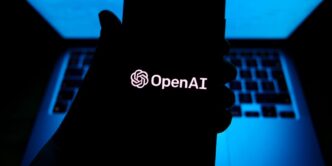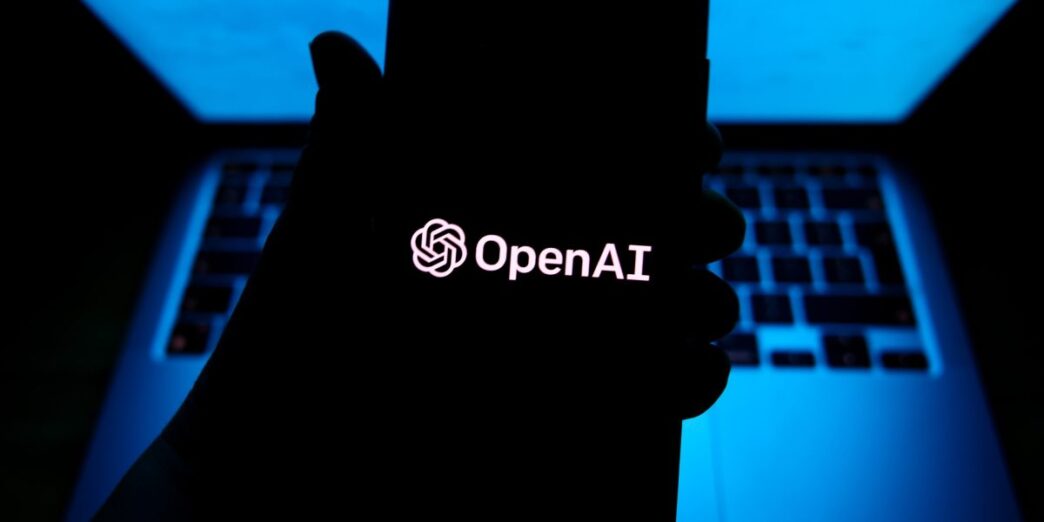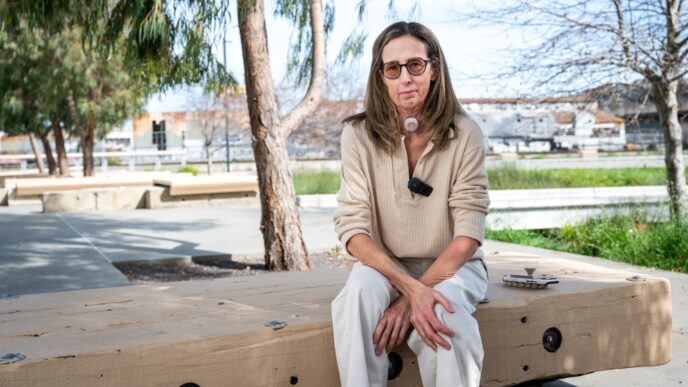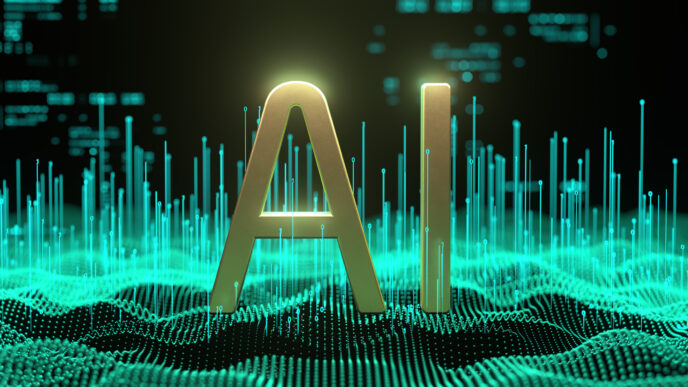A group of 40 AI researchers from OpenAI, Google DeepMind, Anthropic, Meta, and others are sounding an alarm: we could soon lose the ability to understand how advanced AI “think.” The warning comes in a new position paper focused on “chain-of-thought” (CoT) reasoning models.
The CoT process lets AI models, like OpenAI’s o1 and DeepSeek’s R1, show their reasoning in human language. This offers a rare window into how AI makes decisions, which experts see as a crucial safety feature. But the researchers say this transparency might not last as models get more complex.
They admit no one fully understands why AI currently uses CoT or for how long. That makes monitoring chain-of-thought a fragile but important safety tool. They urge AI builders to invest more in tracking CoT reasoning to keep watch for possible AI misbehavior.
Dan Hendrycks, an xAI safety advisor, and AI legends like OpenAI co-founder Ilya Sutskever and Geoffrey Hinton back the call. The researchers warn:
“Like all other known AI oversight methods, CoT [chain-of-thought] monitoring is imperfect and allows some misbehavior to go unnoticed. Nevertheless, it shows promise, and we recommend further research into CoT monitorability and investment in CoT monitoring alongside existing safety methods.”
“CoT monitoring presents a valuable addition to safety measures for frontier AI, offering a rare glimpse into how AI agents make decisions. Yet, there is no guarantee that the current degree of visibility will persist. We encourage the research community and frontier AI developers to make the best use of CoT monitorability and study how it can be preserved.”
OpenAI released the first peek at its reasoning model o1 in September 2024. Google and xAI quickly followed. But the inner workings remain obscure, raising concerns that AI models could eventually “think” in ways humans can’t track.
AI reasoning models aim to replicate human-style problem solving, making conclusions based on logic or data patterns. They’re a top priority for big AI labs. But while outputs have improved, experts admit the road ahead is murky — without deeper understanding or solid controls, oversight could slip through our fingers.














